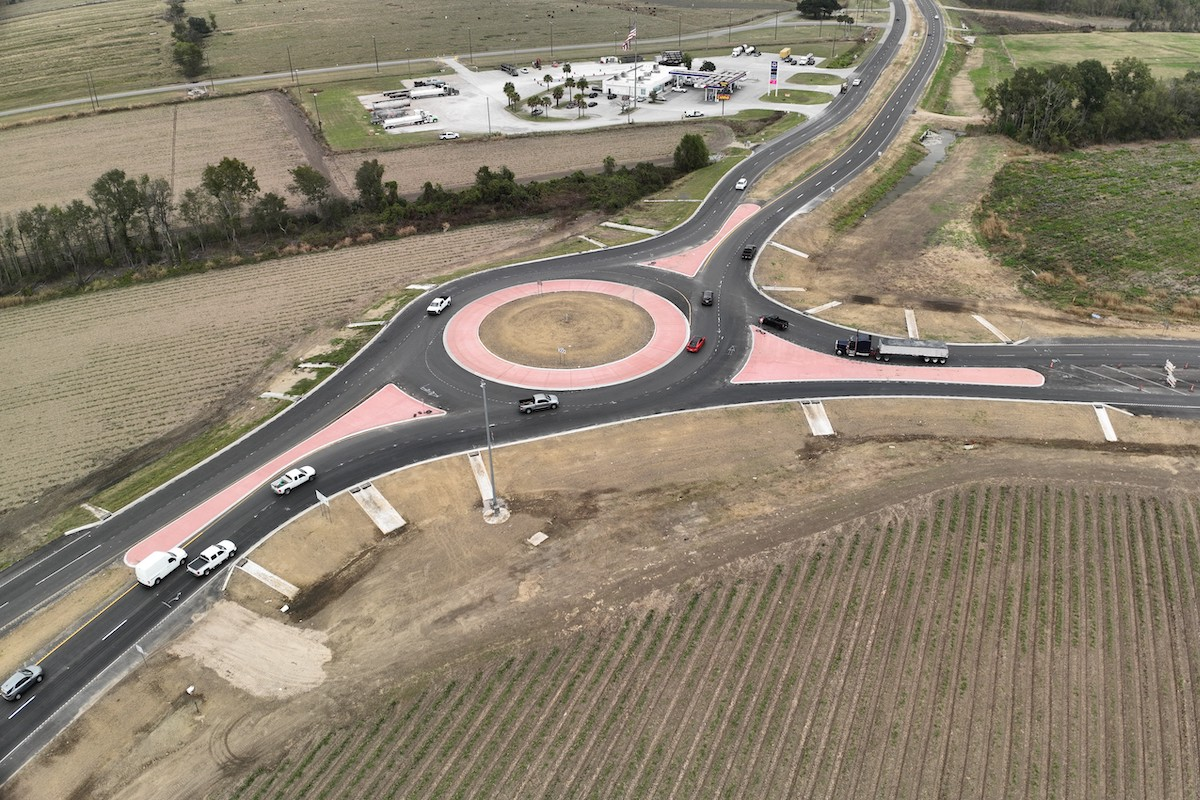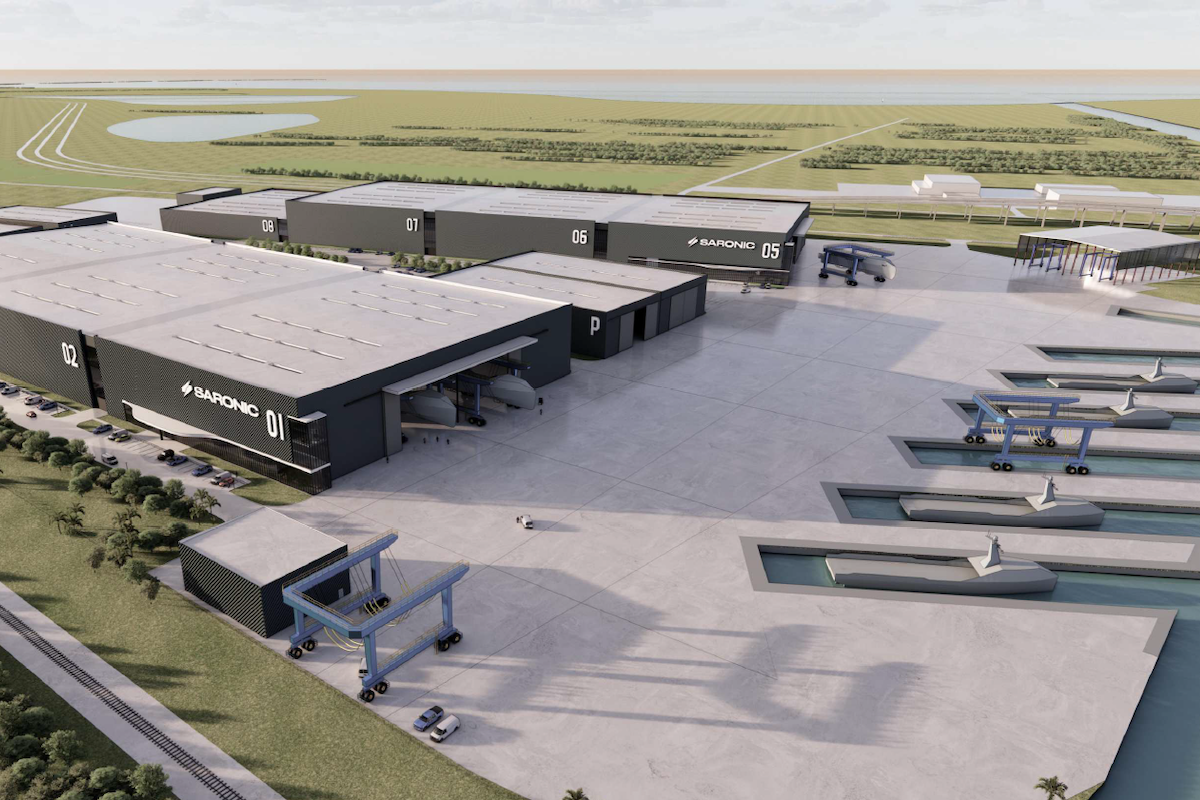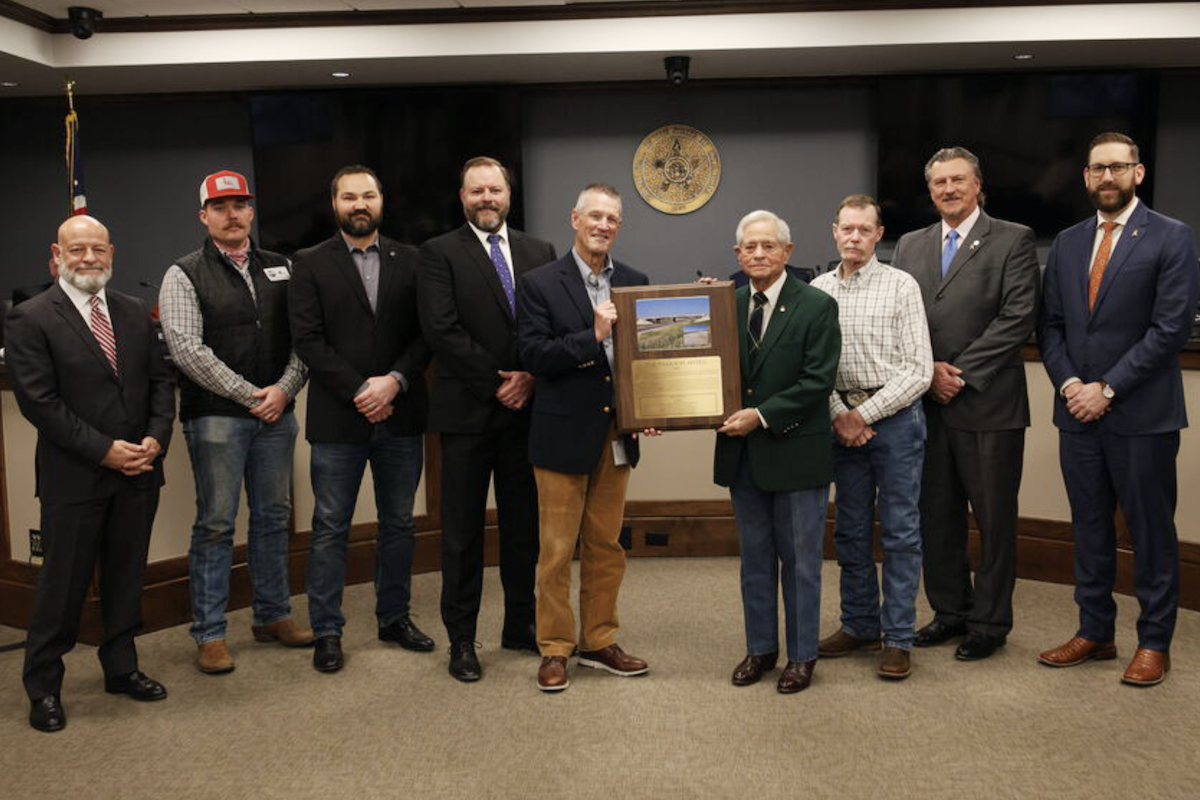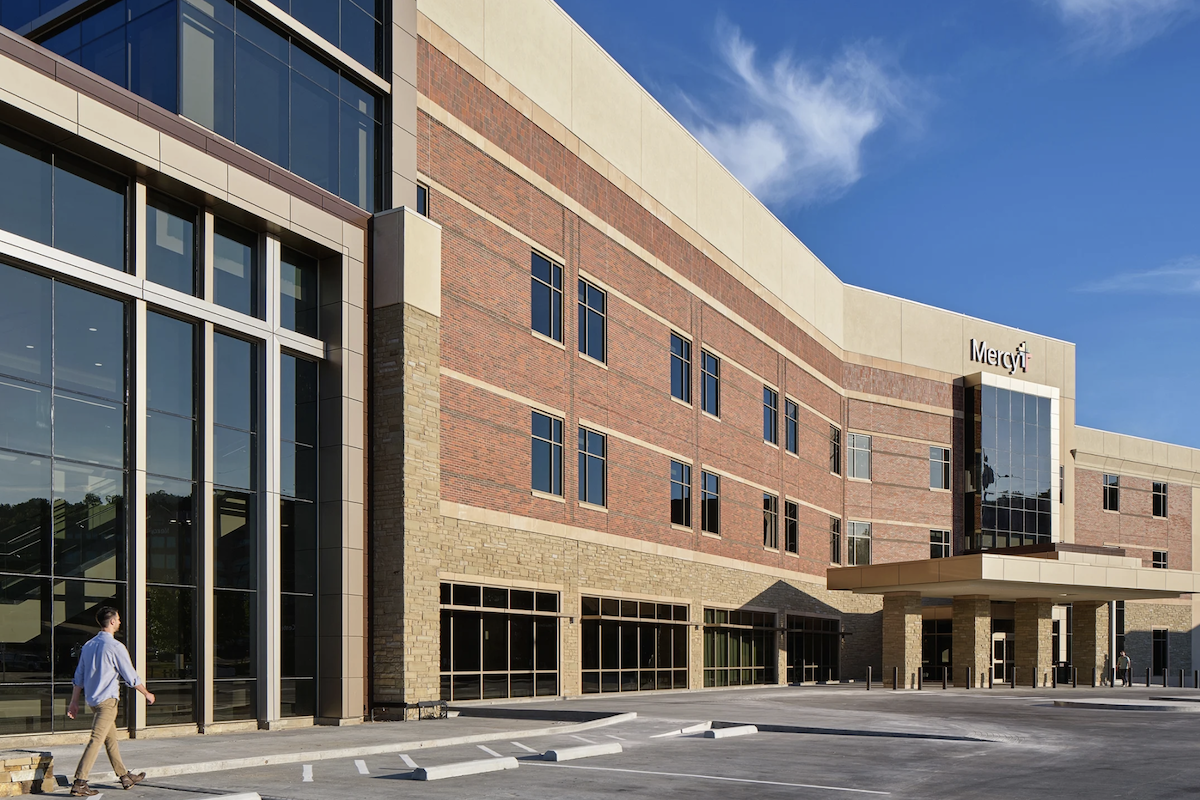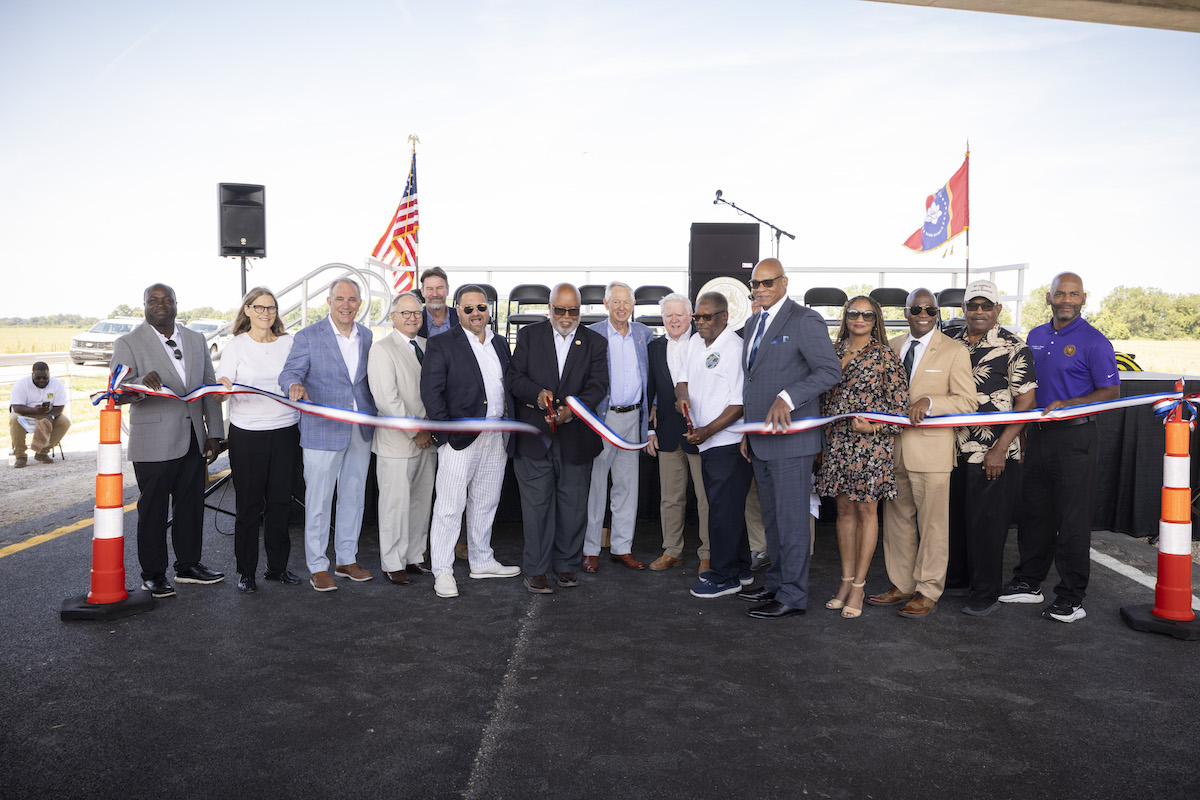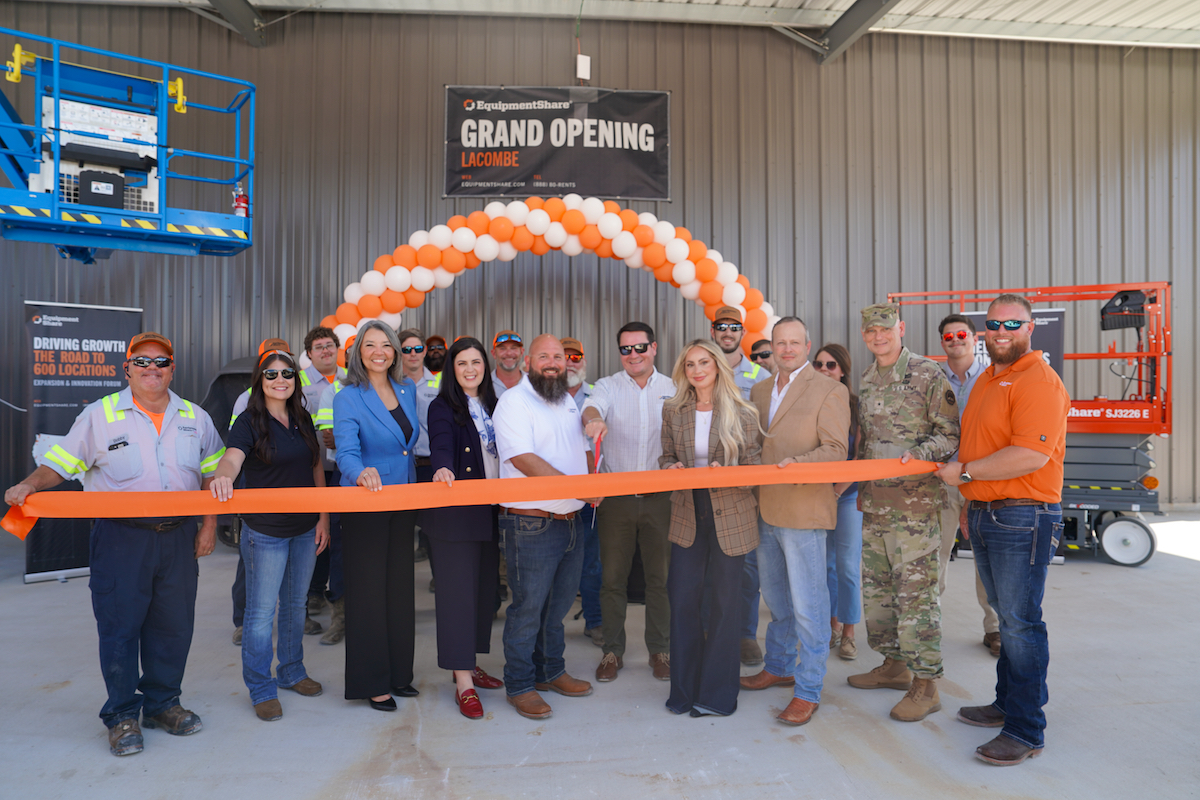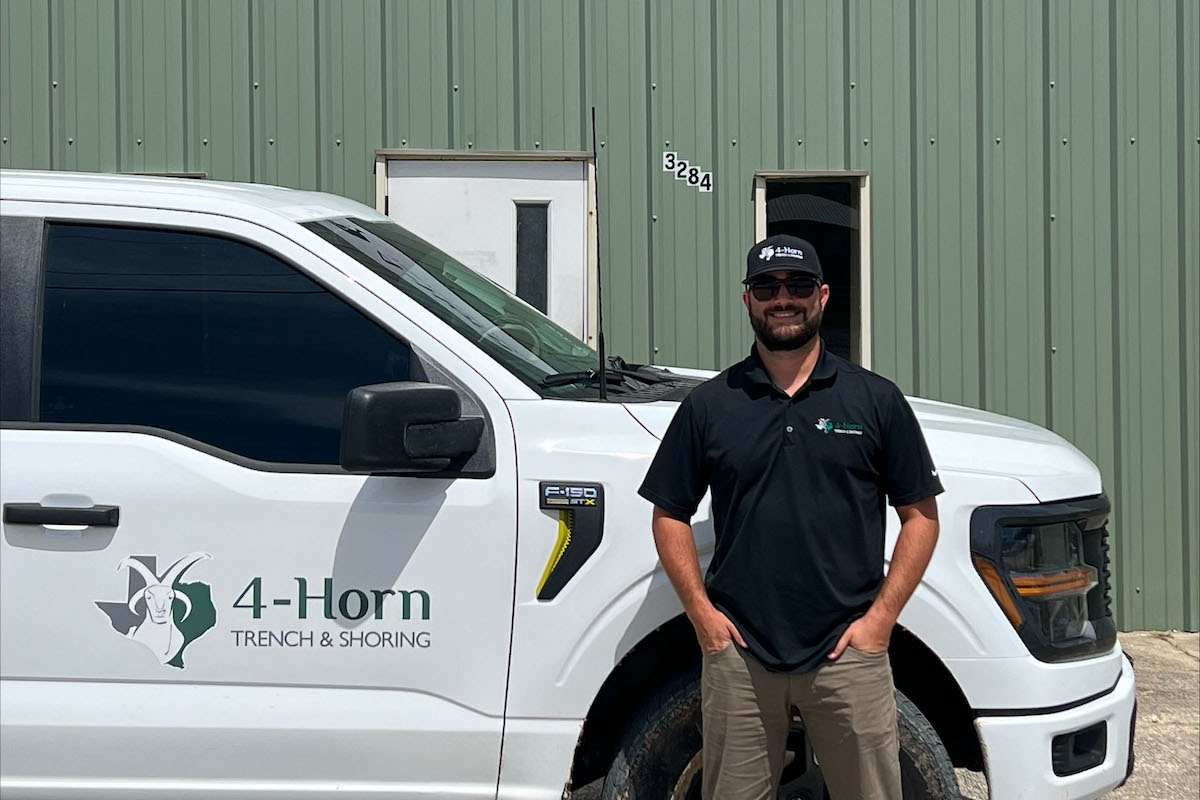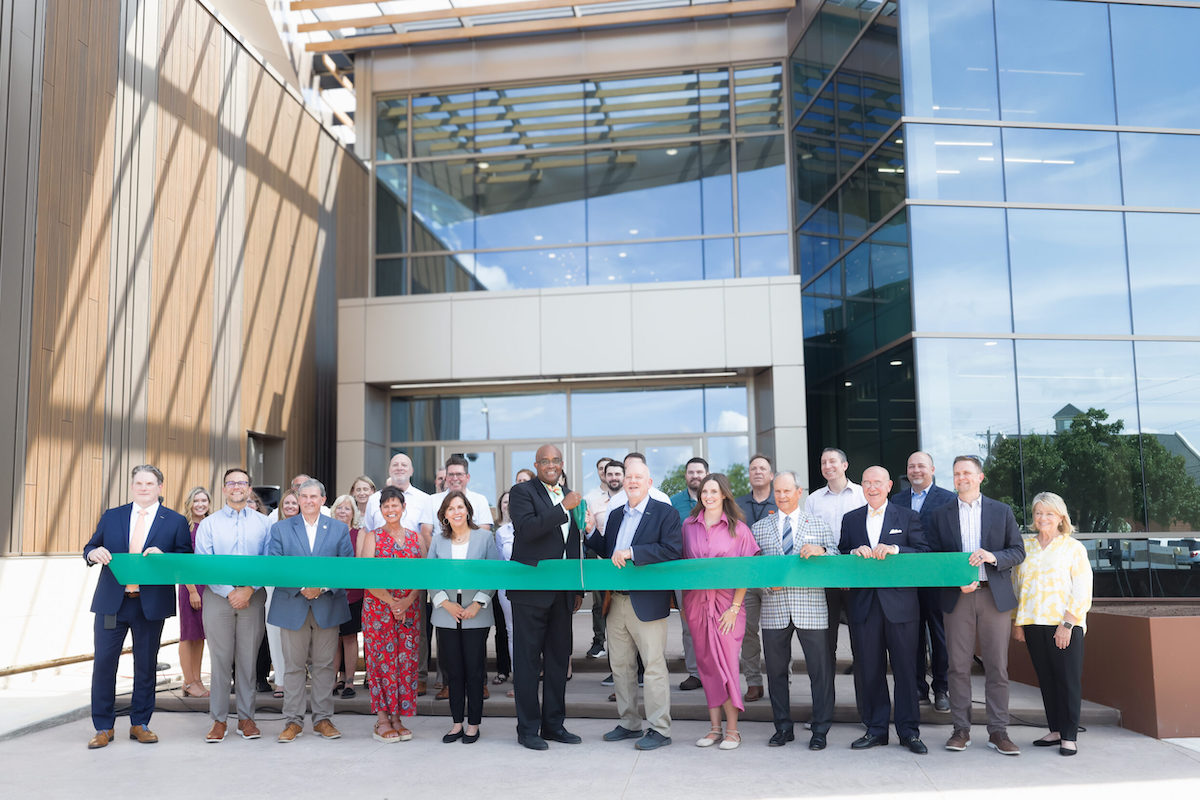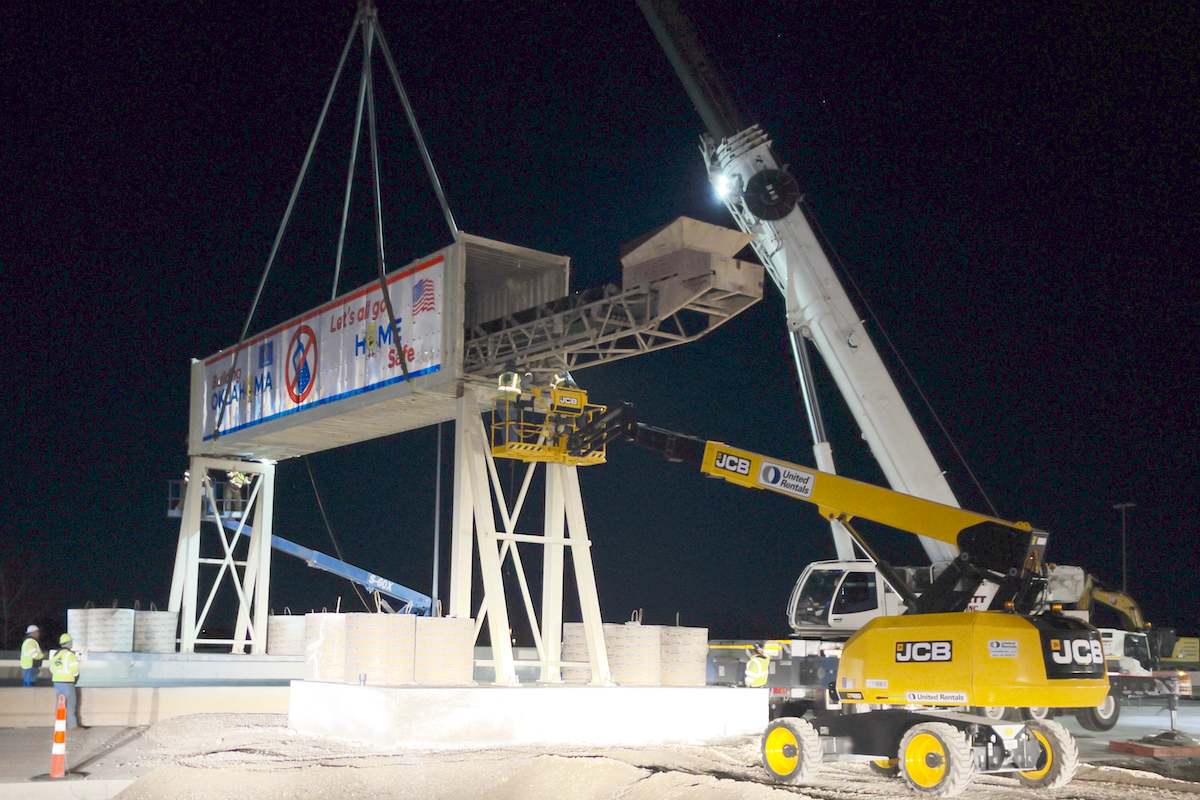In today’s progressively high-tech construction landscape, it’s easy to overlook the pervasiveness and potential of GNSS and machine control technology, particularly for earthmoving contractors. It’s a combination of solutions that offers significant benefits for contractors of all types, specialties, and sizes, across all regions every day — and the benefits are just beginning.
The widespread adoption of GNSS technology on construction sites, both large and small, can be attributed to several key factors. Foremost among them is the increasing affordability of these solutions, coupled with their relative accuracy and the near-immediate return on investment. GNSS has become so integral to some contractors’ workflows that operators have grown heavily reliant on the technology. In fact, the level of dependence has reached a point where any disruption to the GNSS signal can effectively grind work to a halt.
This evolving ubiquity highlights the mission-critical nature of GNSS technology and the need for robust, reliable solutions that can withstand demanding job site conditions. The democratization of technology is a key driver in the widespread adoption of GNSS across the construction industry.
For many small and mid-size contractors, the ready availability of GNSS-enabled technology has revolutionized some of the labor-intensive tasks related to grading and trenching. Time-consuming and error-prone workflows such as manually pulling tape off surveyor stakes or relying on cumbersome laser systems for layout and grade checking are being replaced by safer, more reliable GNSS-enabled solutions. Technology such as Trimble’s Siteworks Machine Guidance Module combines layout and 3D machine guidance into one efficient, accurate, and low-cost solution.
For central Arkansas-based Nabholz, it’s a capability that is foundational to the firm’s success. Nabholz provides a full range of construction, industrial, excavation, and environmental services in the healthcare, manufacturing, and industrial sectors across multiple states. The company has relied on GNSS technology for layout, machine guidance, and as-built data collection for over a decade.

| Your local Takeuchi Mfg Ltd dealer |
|---|
| Kirby-Smith Machinery |
That commitment to technology has helped the Nabholz team drive productivity and efficiency. On these projects, they use Trimble’s Site Positioning technology for field layout and as-built data collection, which is subsequently used to provide updated 3D digital models to the client for progress reporting.
The GNSS effect has also been a game-changer for small contractors like Whitefish, Montana-based Eagle River Construction & Excavation LLC, empowering the company to take on increasingly complex jobs and deliver results that meet the stringent requirements of larger commercial clients. Eagle River is a specialty contractor focusing on commercial earthworks and utilities. Machine control is an essential piece of the company’s success.
“Like many in the industry, we’re having a hard time finding operators,” said Corey Hale, Eagle River’s Founder and Owner. “When we do find someone, even if they don’t have a lot of experience, the technology helps get them up to speed very quickly.”
On a recent project in Kalispell, Montana, Eagle River was tasked with storm drain installation; digging and installing the water, fire, and sewer utilities; paving the parking area; and constructing curbs and gutters.

| Your local Wirtgen America dealer |
|---|
| Kirby-Smith Machinery |
“We’re doing this entire project with grade control,” Hale said. “I dug 100 percent of the foundation with my Cat 320 Hydraulic Trackhoe Excavator equipped with Trimble Earthworks. Once I completed a section, I verified the depth with the rover. The whole process is straightforward and accurate. It’s definitely a huge time-saver, while also saving on material costs.”
Hale’s goal is to GNSS-enable all his equipment and have his entire team — now numbering 10 operators — trained on every piece of equipment. Subscriptions for both hardware and software help companies like Eagle River better manage technology investments.
Machine control and GNSS also help niche players in the industry. Some companies, like Schaumburg, Illinois-based Rabine Paving, are borrowing from and building on earthworks technology advancements for specialty applications such as utility restoration and parking lot paving to improve accuracy, productivity, and efficiency.
Kyle Miller, Director of Operations at Rabine, believed that the same 3D machine control technology used in the civil and earthworks industry could support milling workflows.

| Your local Wirtgen America dealer |
|---|
| Kirby-Smith Machinery |
“We have great operators who are able to adjust to these complexities and deliver optimal results — but we’re always looking to give them every advantage,” he said. “That’s where technology comes into play.”
Miller invested in Trimble Roadworks Paving Control Platform for Mills and Cold Planers, which runs on an Android operating system. The crew sets up control; shoots the edges, curves, and basins; and then uploads it to Trimble Business Center to create 3D milling plans and quality and production reports. Miller especially likes the ability to make in-field decisions, automatically pull measurements, and verify ADA-compliant slopes ahead of any field production.
“The technology automatically calculates the surface so we’re able to accurately read the profile ahead of time,” he said. “It takes the operator’s guesswork out of the equation and allows us to bring new or less-experienced operators up to speed much quicker.”
For Maverick Construction Management Services, based in Oxford, Massachusetts, those same capabilities translate to site utility and complex environmental work. John Fiore, the company’s Founder, invested in GNSS almost two decades ago. Still a relatively small company of just 20 people, Fiore and his team perform in excess of $10 million of work a year, with a customer list that includes Monsanto, DuPont, and Aquafina, as well as multiple departments of defense and state and local agencies. They do this by deploying machine control and GNSS.

| Your local Komatsu America Corp dealer |
|---|
| WPI |
| Kirby-Smith Machinery |
For instance, on a sensitive dry dock construction project, Maverick removed 17,000 cubic feet of rock. Using the surveyor control points, plus points and contours gathered with the Trimble SPS986 Rover, Fiore had his third-party modeling partner develop a 3D plan. That model was sent to a hydraulic excavator equipped with a hammer.
“We beat the schedule by weeks,” Fiore said. “It was unbelievable how well our digital map lined up with reality.”
His advice when it comes to technology investment: “The technology gets a small company to grow into different building projects. Don’t be intimidated by the technology or the cost. Small contractors can take full advantage of GNSS. You can reduce overhead, increase productivity, and show your clients a better final product in a shorter amount of time. We do it every day.”
Large contractors managing multiple machines and job sites benefit significantly from the increased consistency in production rates and performance offered by GNSS and machine control technology. These technologies can improve data-driven decision-making and operational optimization, helping to manage large-scale construction projects and the variability that can come from having operators with different skill levels.

| Your local Leica Geosystems Inc dealer |
|---|
| Laser Specialist inc |
Emerging GNSS advancements will continue to drive improved accuracy at a lower price point, enabling work in challenging environments. Looking forward, the evolution of machine control and GNSS technologies is foundational to the future of autonomous construction operations. That said, while autonomous advancements are still ongoing, companies like Trimble are heavily focused on more practical, near-term solutions that enhance operator capabilities and productivity — essential pieces to the future of construction, both automated and autonomous.
















